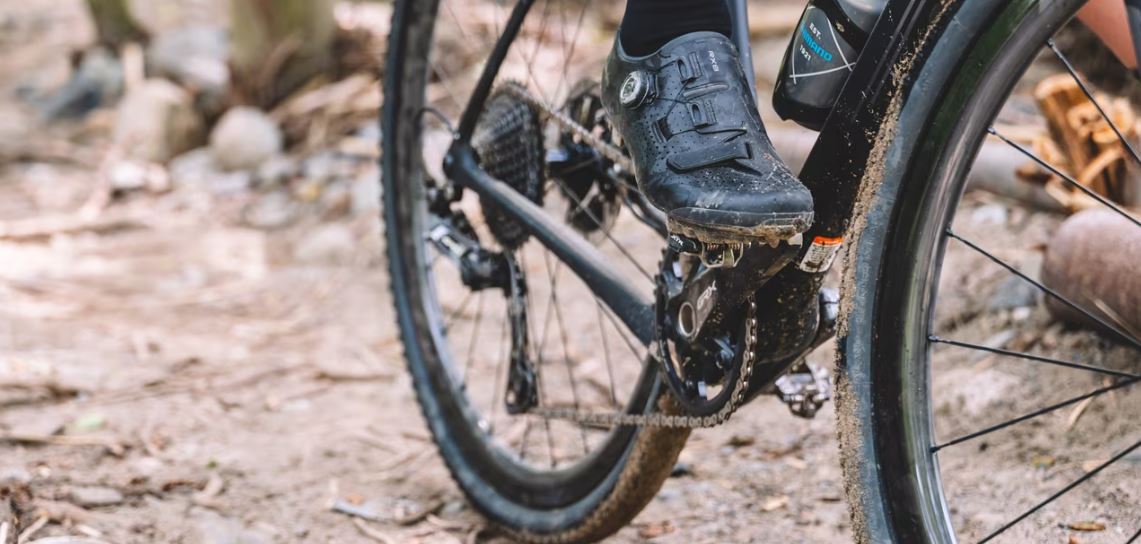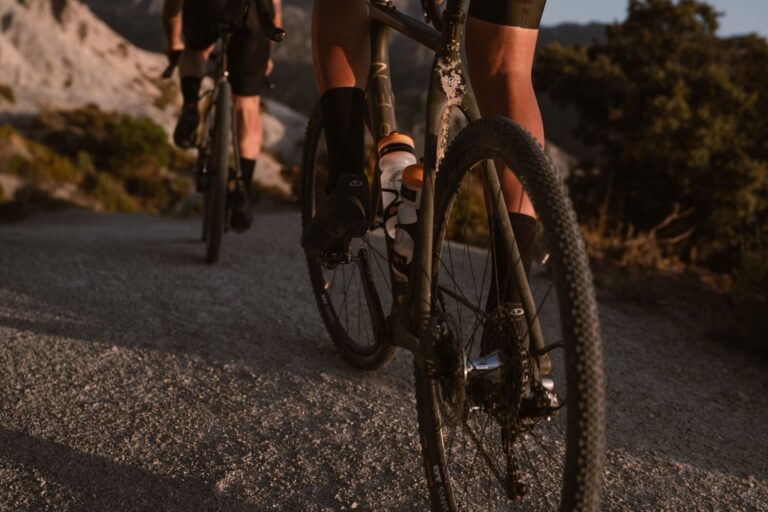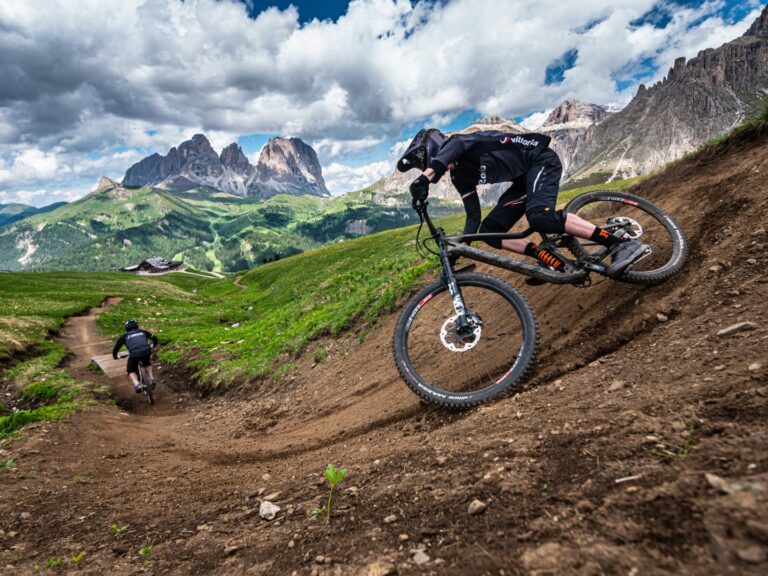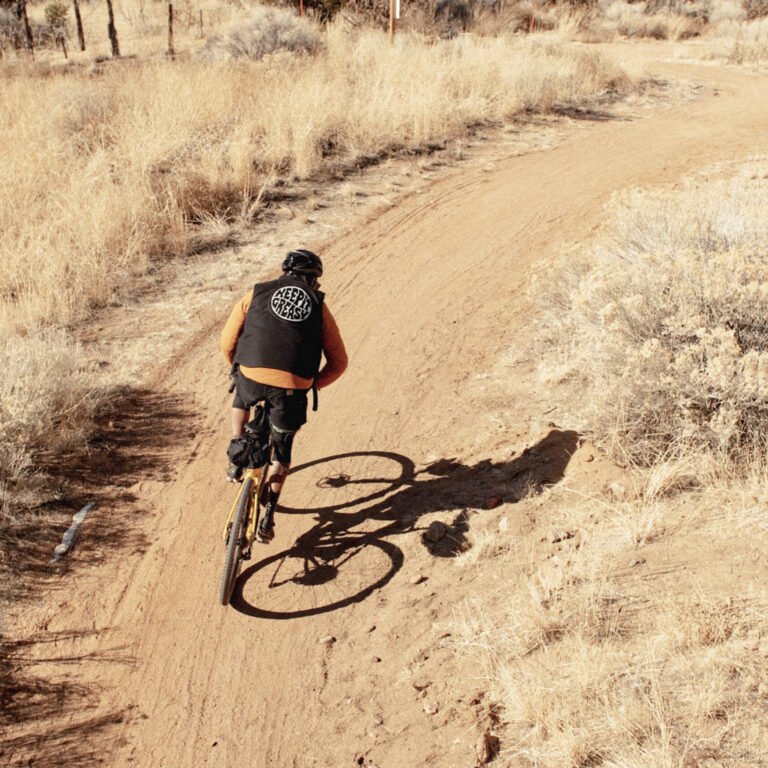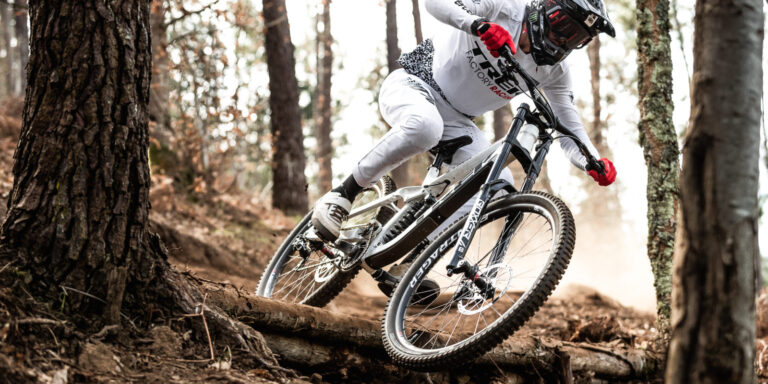Riding the Long Haul: Durability Factors of Gravel Bike Tires

Key Point Summary of Durability Factors of Gravel Bike Tires:
- Material Matters: The composition of gravel bike tires plays a pivotal role in their durability, affecting how they withstand abrasion and punctures.
- Tread Design and Usage: Tread pattern influences durability, with deeper treads providing longer life but potentially less speed on hard surfaces.
- Rugged Use Requires Robust Tires: Gravel tires are designed for mixed surfaces, and their construction reflects the need to endure varied conditions.
- Maintenance and Care Extend Lifespan: Regular inspection and proper tire pressure maintenance can significantly prolong tire life.
Embarking on the gravel riding journey introduces cyclists to a unique blend of challenges and rewards, offering a middle ground between the smooth asphalt of road cycling and the rugged terrain of mountain biking. As a master cyclist with years of experience across disciplines, I’ve come to recognize the critical role that tire durability plays in the gravel biking experience.
Durability in gravel bike tires isn’t just about longevity; it’s about maintaining performance, safety, and comfort over miles of unpredictable terrain. This article dives into the factors that contribute to the durability of gravel bike tires, offering insights for cyclists looking to navigate their options wisely.
Durability Factors
Material Composition
Gravel bike tires are typically made from a blend of rubber compounds that offer a balance between grip, puncture resistance, and wear rate. The choice of material directly impacts how well a tire can withstand the demands of gravel riding, where sharp rocks, thorny paths, and uneven surfaces are common.
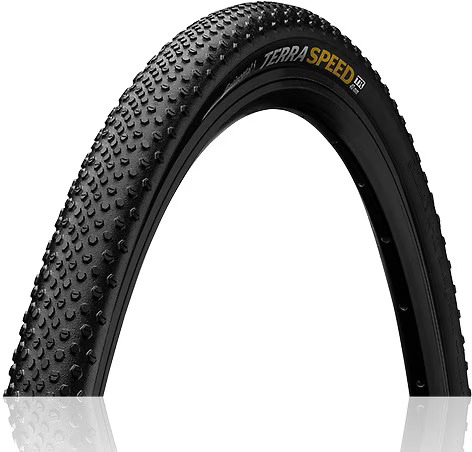
Tread Design
The tread pattern on gravel tires is designed to provide traction across a variety of surfaces while minimizing wear. Deeper treads may offer better grip and durability on loose surfaces but can increase rolling resistance on hard-packed trails or roads.
Sidewall Protection
Gravel tires often feature reinforced sidewalls to resist cuts and abrasions from sharp rocks and debris. This reinforcement is crucial for preventing flats and ensuring the tire’s longevity in rough conditions.
Tubeless Technology
Tubeless tires are increasingly popular in gravel biking due to their ability to run at lower pressures without the risk of pinch flats, alongside enhanced puncture protection with sealant. This setup can further enhance tire durability by automatically sealing small punctures and cuts.
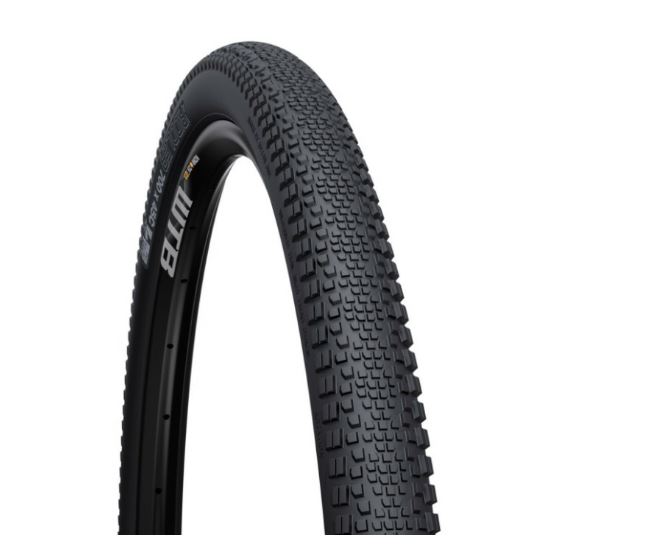
Maintenance and Care
Regular maintenance is key to maximizing tire durability. This includes checking for and removing debris embedded in the tread, inspecting for sidewall cuts, and maintaining proper tire pressure to avoid undue stress and wear.
For durability in gravel bike tires, several models stand out for their robust construction, material quality, and design features that cater to the demanding nature of gravel riding. Here are some of the best-known options:
- Panaracer GravelKing SK: Renowned for its versatility and durability, the GravelKing SK offers a balanced tread pattern that provides excellent grip across a variety of surfaces, along with a puncture protection layer that enhances its resilience against sharp objects.
- Schwalbe G-One Allround: This tire is known for its MicroSkin layer, which not only improves puncture resistance but also allows for tubeless setups, further enhancing its durability by reducing the risk of flats.
- Continental Terra Trail: Part of Continental’s Terra series designed specifically for gravel, this tire features the brand’s proprietary BlackChili compound, offering an impressive combination of puncture resistance, longevity, and performance.
- WTB Riddler: The Riddler is celebrated for its tough casing and aggressive tread pattern, making it a great choice for riders looking for a tire that can handle technical terrain without compromising on durability.
- Maxxis Rambler: The Rambler’s dual compound rubber and SilkShield puncture protection make it a durable option for gravel riders seeking a tire that balances rolling efficiency with robustness against punctures and wear.
These tires are known for their ability to withstand the rigors of gravel riding, offering cyclists peace of mind on mixed-terrain adventures by combining durability with performance.
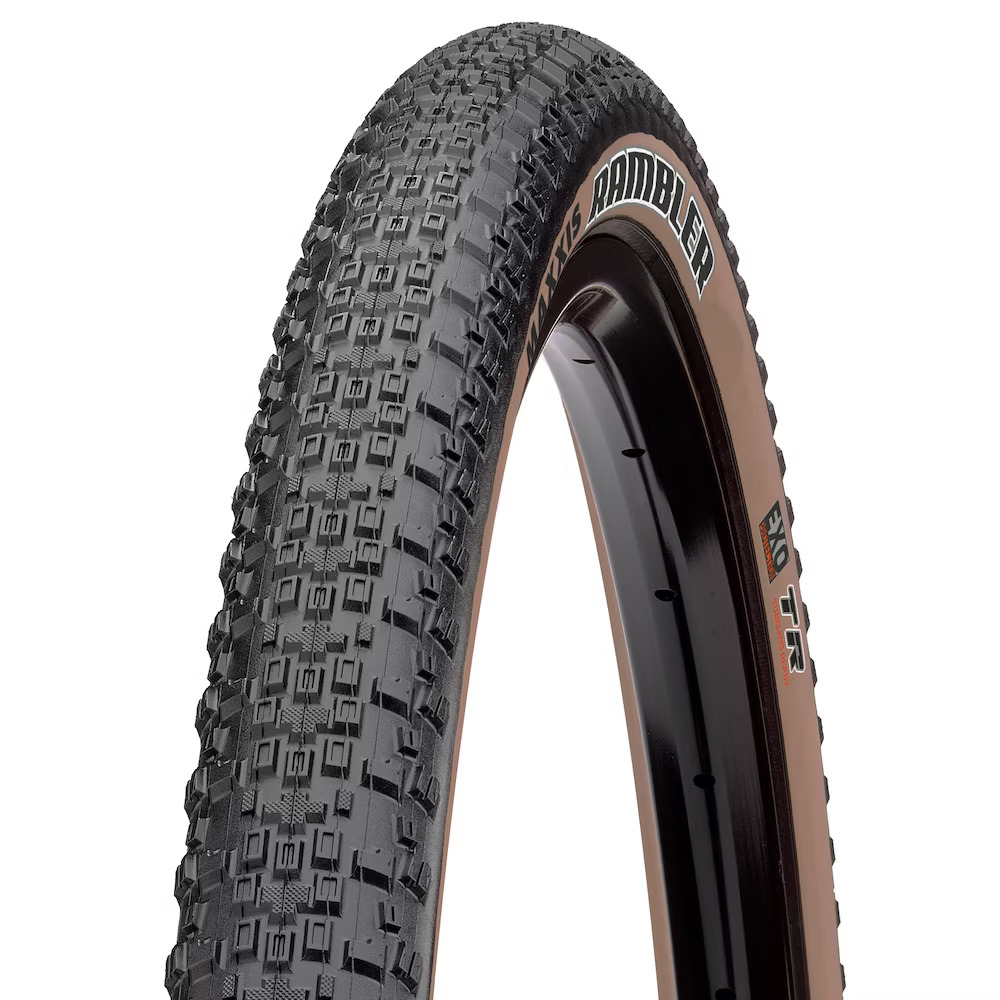
FAQ
How long should gravel bike tires last?
Gravel bike tires should last between 1,000 to 3,000 miles, depending on riding conditions, tire quality, and maintenance.
What makes a good gravel bike tire?
A good gravel bike tire offers a balance of durability, puncture resistance, grip on varied surfaces, and comfort. The ideal tire should handle a mix of terrain while providing a smooth ride.
Are gravel bikes more durable?
Gravel bikes are designed with durability in mind, featuring robust frames, wider tire clearance, and components suited for mixed-terrain riding, making them generally more durable than road bikes.
When should I replace my gravel bike tyres?
Replace your gravel bike tires when you notice significant tread wear, repeated punctures, visible cuts or abrasions on the sidewall, or if the tire’s performance noticeably diminishes.
Ride on
John
